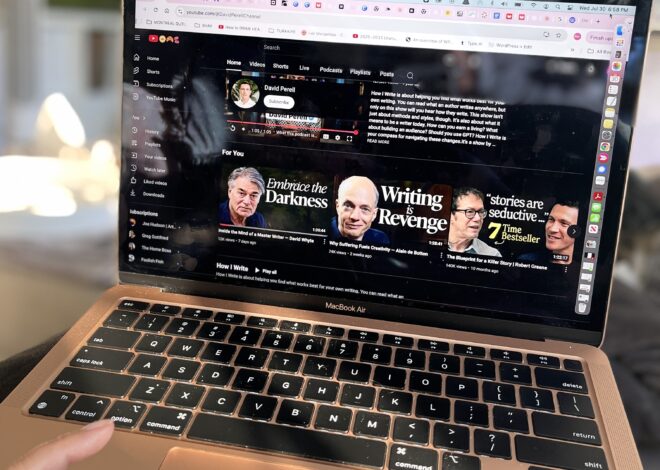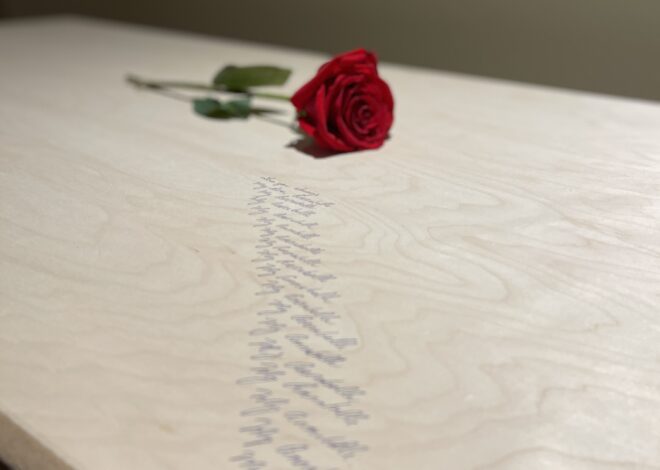
The Healing Power of Reclaiming Our Story: When Writing Becomes Medicine
There exists a profound distinction between writing to someone and writing about an experience with them. The former seeks to bridge a gap that may no longer exist. The latter seeks to heal a wound that very much does. What I discovered in my recent process of putting pen to paper was not communication. It was recovery.
This references the following post: I Received A Strange Email – Here’s my response
The Disorientation of Character Assassination
When someone attacks not just our actions but our very essence, questioning our sincerity and denying the authenticity of our being, something fundamental shifts in our nervous system. We become unmoored from our own sense of reality. The accusations create a kind of psychological vertigo where we begin to doubt our own memories, our intentions, our core self.
This is not weakness. This is biology. Our brains are wired for social connection and acceptance. When someone whose opinion we valued tells us we are fundamentally flawed or manipulative, our survival mechanisms activate. We begin the exhausting work of self-interrogation. We ask ourselves if we were really using her, if we manipulated without knowing it, if we are the villain in this story.
But here’s what I’ve learned about trauma and healing. The antidote to confusion is not more thinking. It’s witnessing. It’s the gentle, steady practice of returning to what we actually experienced, not what we’ve been told we experienced.
Writing as Nervous System Regulation
The act of writing this reflection became a form of somatic healing. Each sentence was like taking a deep breath after being underwater. As I traced the arc of what actually happened, the giving and the hoping and the gradual recognition of imbalance, my body began to remember its own truth.
This is what recovery looks like in real time. It’s not the dramatic revelation we see in movies, but the quiet, methodical work of separating our experience from someone else’s projection. It’s methodical in nature. We carefully brush away the dust of accusation to reveal what was actually buried there.
For those of us with histories of over-giving, this process is especially crucial. We are conditioned to absorb responsibility for others’ emotions, to question ourselves first and ask questions later. Writing becomes a way of saying to our nervous system that it is safe to remember what we remember. We are allowed to trust our experience.
The Complexity of Public Witness
Yes, making this reflection public adds layers of complexity. Part of me, the part still seeking resolution, hopes she might read this and finally understand. But I’ve come to recognize this hope as a trauma response, not a healing strategy. The deeper motivation is about reclaiming authorship of my own story.
In intimate relationships gone wrong, there’s often an unspoken battle over narrative. We wonder whose version of events gets to live in the space between you. We ask whose truth gets to exist unchallenged. By writing publicly, I wasn’t trying to win this battle. I was declaring my right to stop fighting it.
There’s something profoundly healing about moving from private wound to public posting. When we transform our pain into language that others can recognize, we break the isolation that trauma thrives in. We discover we are not alone in these patterns of giving until it hurts, of staying until we disappear.
The Journey from Defense to Understanding
What surprised me most in the writing process was watching my own evolution on the page. I began in a place of defense, gathering evidence and building my case. But as I continued writing, something shifted. The defensive energy transformed into something more curious, more compassionate.
This is how healing actually works. It happens not through force or argument, but through the slow alchemy of witness and understanding. The very act of articulating my experience allowed me to see it with fresh eyes, to have compassion not just for what I went through, but for the parts of me that stayed too long.
I began to understand that the person who gave and gave and gave was not weak. She was following an old program, a learned strategy for earning love and avoiding abandonment. She deserves tenderness, not judgment.
Integration and Moving Forward
This writing process has become what I now recognize as a psychological bookmark. It serves as a marker of where I am in my healing journey. It captures not just what happened, but who I was becoming in response to what happened.
The question is no longer whether she will understand me. That question keeps me tethered to an outcome I cannot control. The real question is what I can learn from this pattern. I wonder how I can use this clarity to make different choices in the future.
I’m learning to recognize the early signs of imbalanced relationships. I notice not just the obvious red flags, but the subtle ways I abandon myself in service of connection. I’m practicing what it feels like to trust my own perceptions, to honour my own needs, to walk away before I disappear.
This is the deeper work of healing. It involves not just processing what happened to us, but understanding why we allowed it to happen. We approach this not with self-blame, but with the kind of curious compassion that makes real change possible.
The Medicine of Truth-Telling
In his work with addiction and trauma, Gabor Maté often speaks about the healing power of authentic self-expression. When we tell our truth, not to change others but to honour ourselves, we interrupt patterns of self-abandonment that may have been generations in the making.
This is what my writing became. It was not a letter to her, but a love letter to the parts of me I had been willing to sacrifice for connection. It was a way of saying to my younger self, to my people-pleasing self, to my desperately-seeking-approval self that they matter. Their experience matters. Their truth deserves to exist in the world.
That recognition, that our internal experience has value independent of external validation, is where real healing begins. It’s where we stop looking for our worth in others’ eyes and start finding it in our own willingness to see ourselves clearly and love ourselves anyway.
This is the work. This is the gift. And this is the peace that becomes possible when we stop abandoning ourselves for the comfort of others.
The journey of healing is not linear, and it’s rarely comfortable. But in the space between wound and wisdom lies the possibility of becoming more fully ourselves. May we all find the courage to write our own stories, not for others to read, but for ourselves to remember who we truly are.
This references the following post: I Received A Strange Email – Here’s my response




